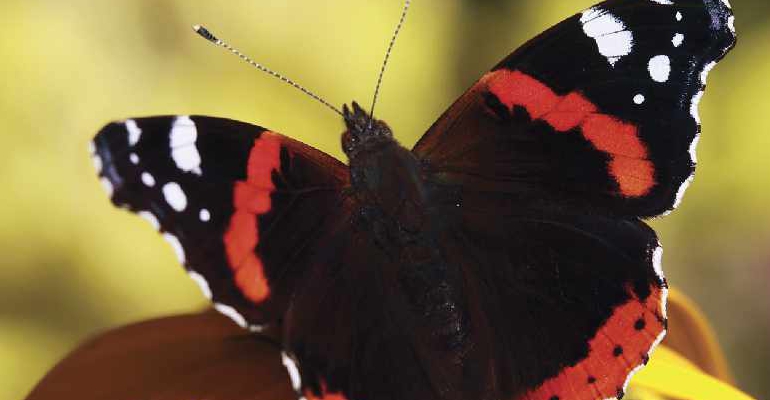
Missing the flutter of summer butterflies, Ruth Lawrence discovers how these delicate creatures winter out the cold months, and looks forward to their return in the spring
While the New Year may herald fresh beginnings for us, nature is at her slowest; branches are bare, fields are empty and the woods are quiet and still.
One of the sights I miss in winter is the glimpse of a passing butterfly. So symbolic of warm summer days, they seem to disappear once the cold weather bites. Yet all lay waiting in one of four forms throughout the darker, shorter days. Britain has nearly five dozen types of butterfly and just over half spend the winter as caterpillars, the remainder existing as either eggs or chrysalises while only six hibernate as adults.
Their life cycles are perfectly timed so that the caterpillars emerge alongside their specific food plants; some depend upon a single plant and here on the South Downs, we have a perfect example of nature’s synchronicity. Caterpillars of the Chalkhill blue and Adonis blue both feed on one plant alone, horseshoe vetch, found on the unimproved chalk grassland of the Downs. If both caterpillars emerged simultaneously, they would be in competition, so the Adonis caterpillar emerges at the winter’s end and the Chalkhill six weeks later, by which time the Adonis has become a chrysalis, leaving the vetch for the hungry Chalkhill.
The only adult butterflies to survive in a state of torpor over winter are the colourful species such as the Red Admiral, Brimstone, Comma, Peacock and Small Tortoiseshell. They lie dormant in sheds, log piles and tree hollows, waiting to be ignited by warmth. Sometimes, an uncharacteristic prolonged winter sunny spell can awaken them, which can be fatal if there is no food to sustain them. If you find a dormant butterfly over winter, leave it undisturbed so long as it is dry and sheltered; if it has woken in your house because of the central heating, some action can be taken to help it return to dormancy.
It can be placed in a shoe box with ventilation holes and after being kept in a cool dark place for an hour, it can be placed somewhere sheltered and dry like a woodshed to sleep out the winter. If you decide to let it remain in the box in a dry cold place, make sure you cut a couple of slits 5cm high by 1cm wide in the box so it can emerge in spring when it awakens. The coldness makes sure it does not wake before its food becomes available and the dryness avoids fatal fungal infections.
Special insect hibernation boxes are available or can be built; they resemble bird boxes with the same waterproof roofs, but have slits instead of a hole in one side and can be placed with the slits facing the brightest part of the garden.
For me, knowing that the butterflies are waiting out winter in one form or another makes the short days more bearable with the promise of delicate wings taking to the skies once more.
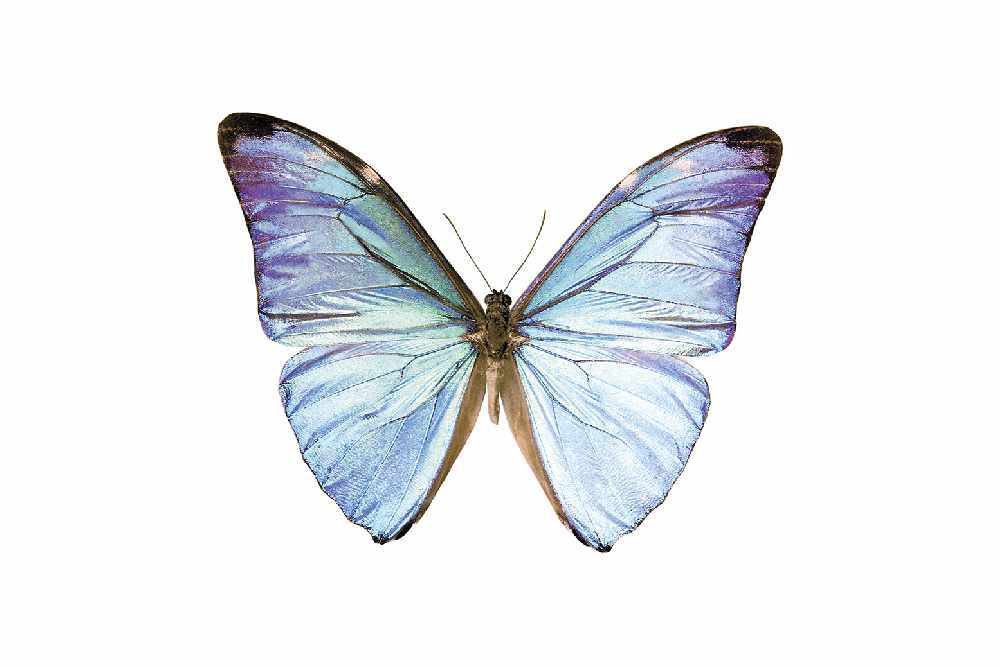

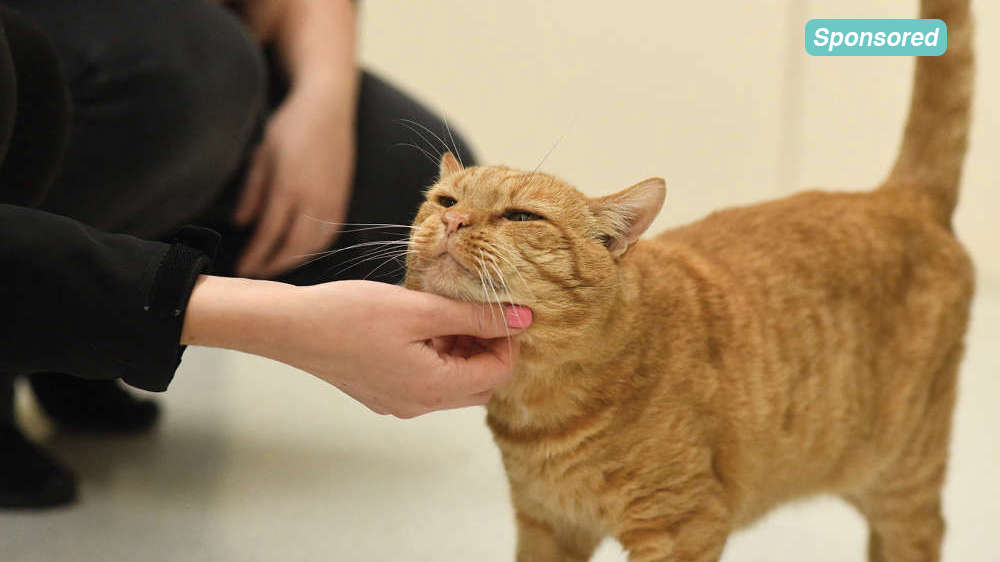 Paws for a Cause
Paws for a Cause
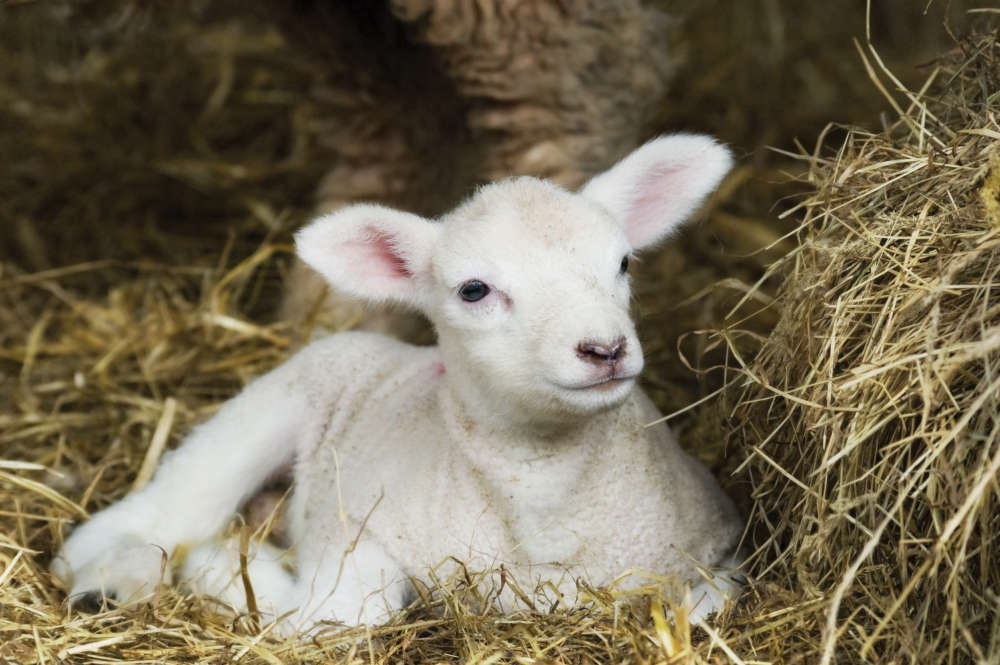 Kids Zone: Lambing in Spring
Kids Zone: Lambing in Spring
 It's a Dog's Life: Access Denied
It's a Dog's Life: Access Denied
 It's a Dog's Life: February is not just for Pancakes
It's a Dog's Life: February is not just for Pancakes
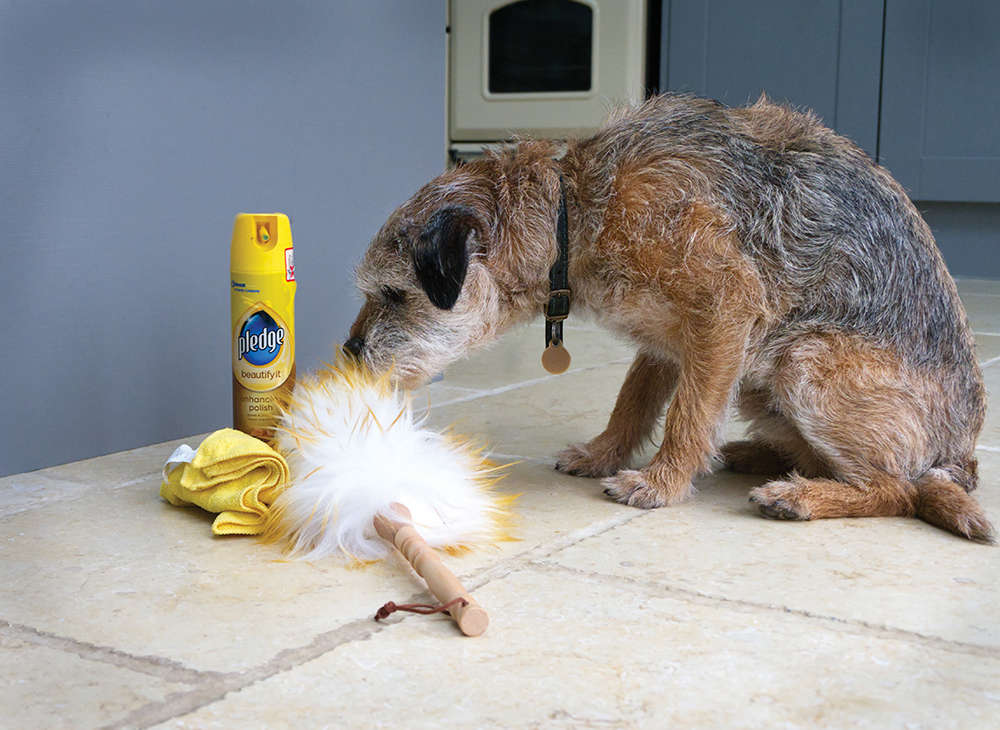 It's a Dog's Life: Cleaning Up
It's a Dog's Life: Cleaning Up
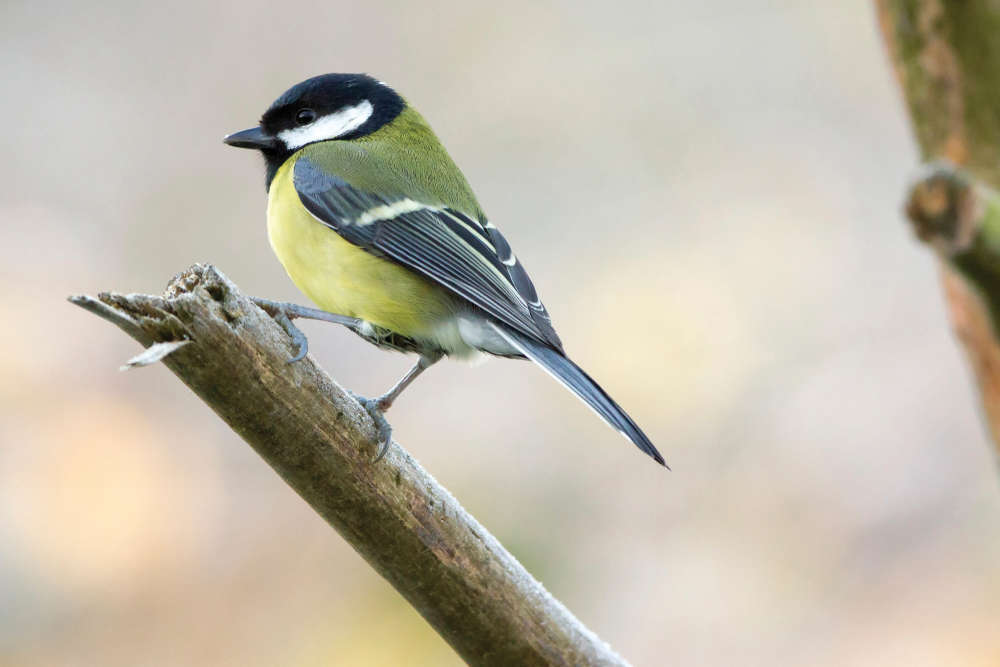 Top 10 Garden Birds to spot in Sussex
Top 10 Garden Birds to spot in Sussex
 Top Tips: Keep Your Pets Safe this Bonfire Night
Top Tips: Keep Your Pets Safe this Bonfire Night
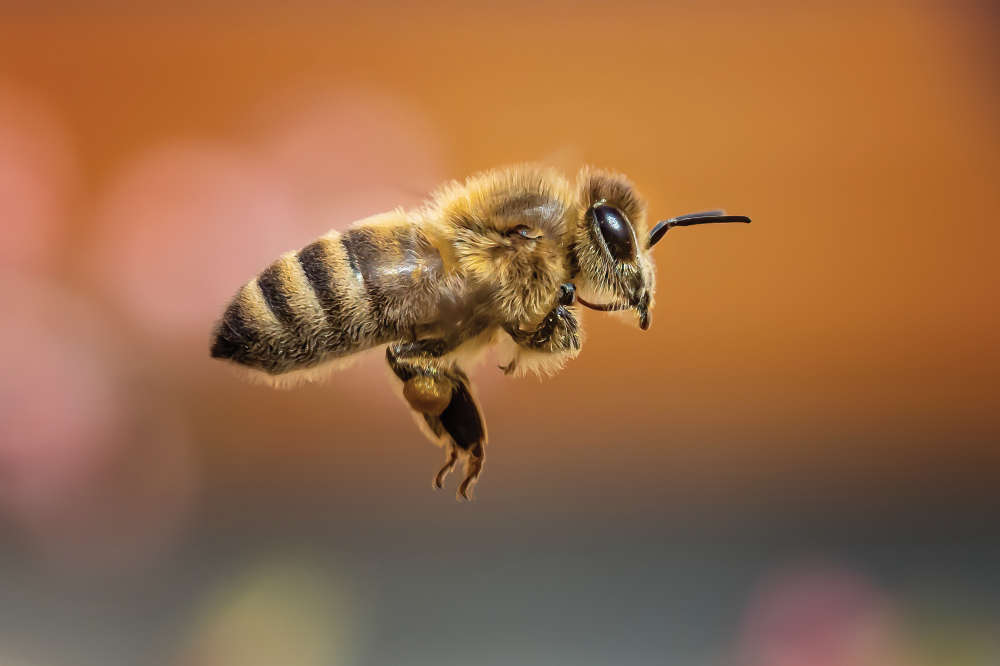 Advertising Feature: Plan Bee
Advertising Feature: Plan Bee
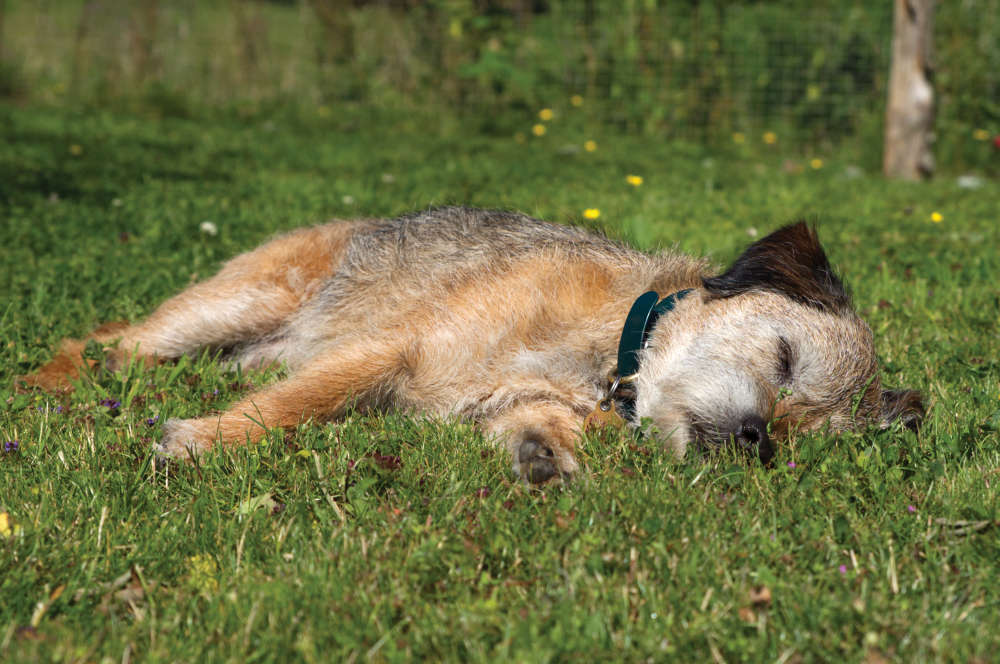 It’s a Dog’s Life - The Quiet Life
It’s a Dog’s Life - The Quiet Life
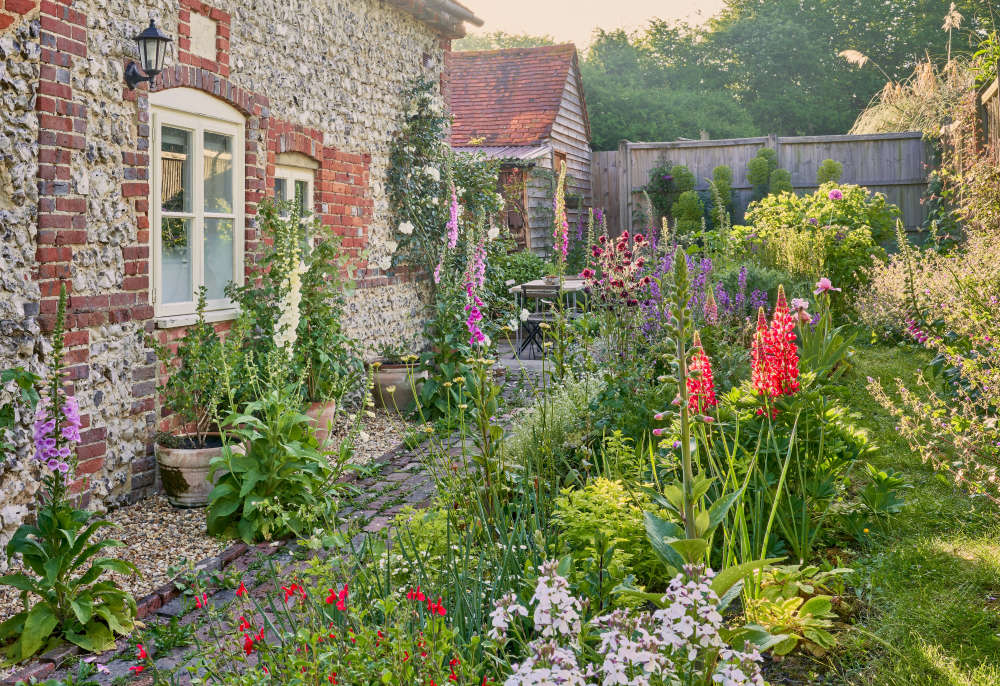 What should you be looking out for in your Sussex Garden this Summer?
What should you be looking out for in your Sussex Garden this Summer?
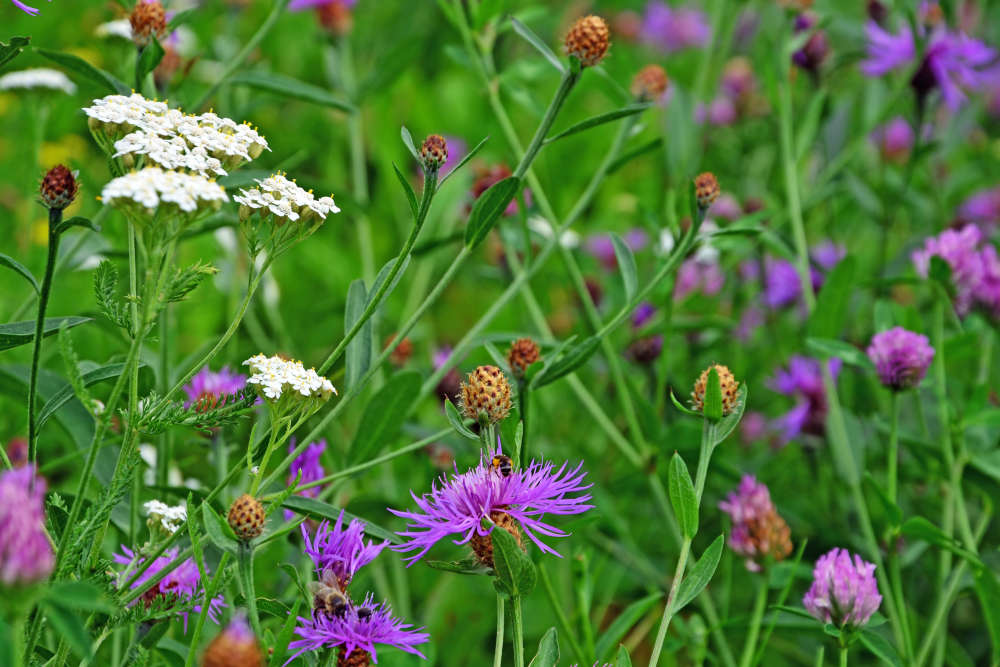 A Summer of Wildlife at RSPB Pulborough Brooks
A Summer of Wildlife at RSPB Pulborough Brooks
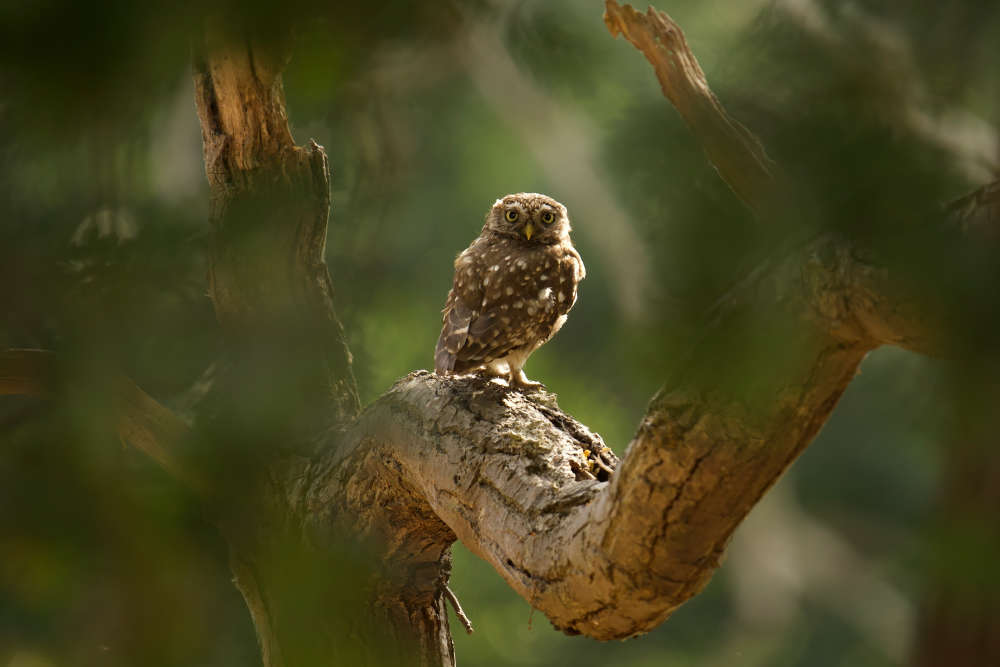 RSPCA Young Photographer Awards opens for entries
RSPCA Young Photographer Awards opens for entries
 10 ways to keep your dogs cool in the heat
10 ways to keep your dogs cool in the heat
 It's A Dog's Life: March Column
It's A Dog's Life: March Column
 PET OF THE MONTH: Ruby needs a forever home
PET OF THE MONTH: Ruby needs a forever home
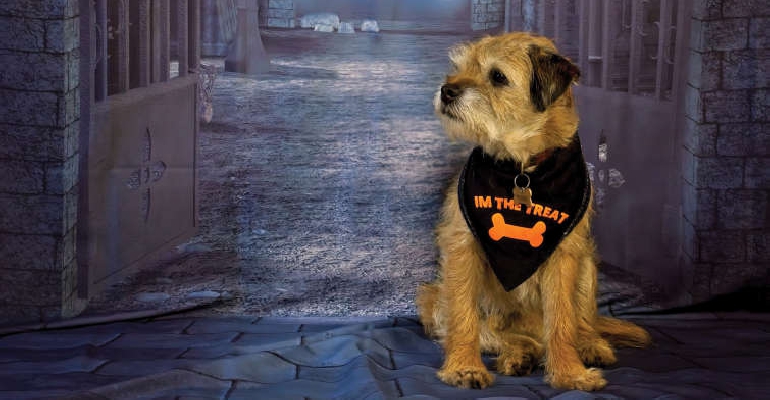 It's a Dog's Life: Other Cultures...
It's a Dog's Life: Other Cultures...
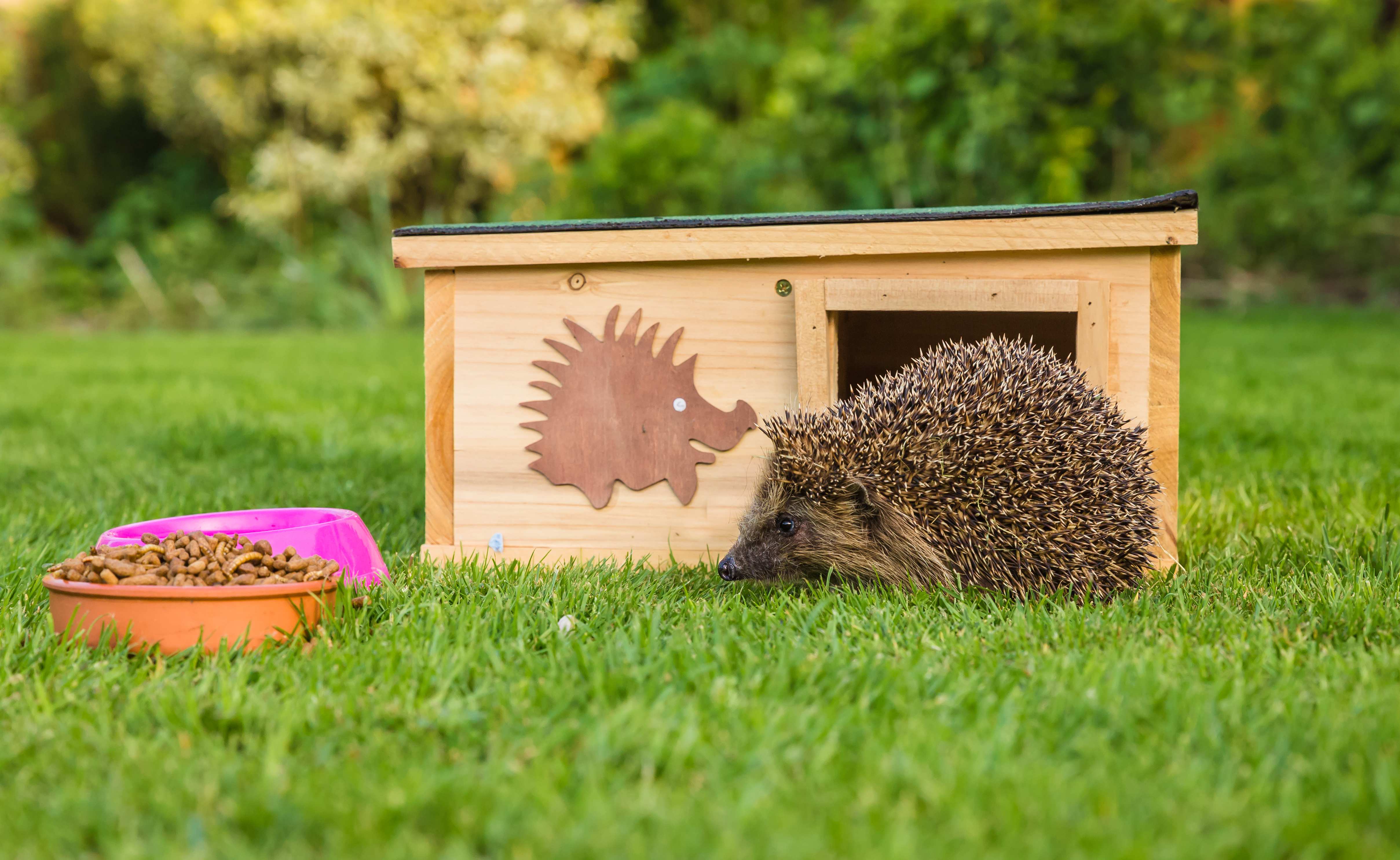 Ten Ways to Help Hedgehogs
Ten Ways to Help Hedgehogs